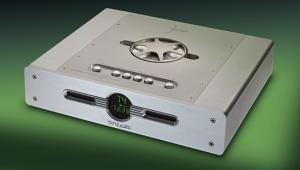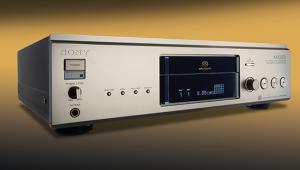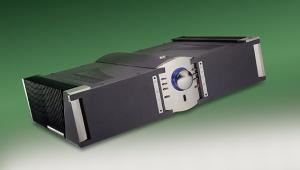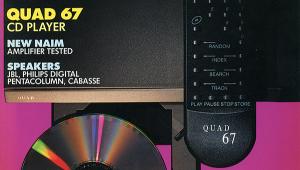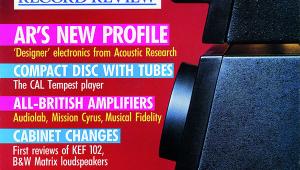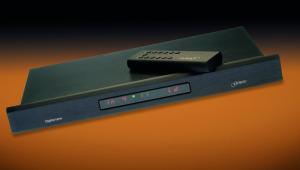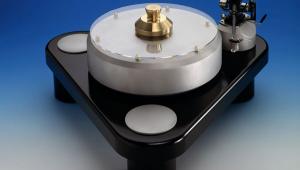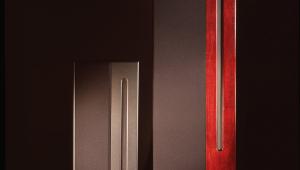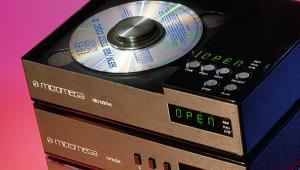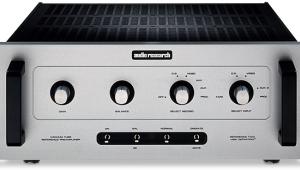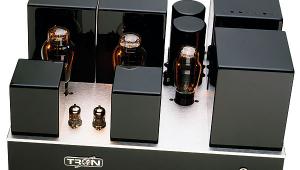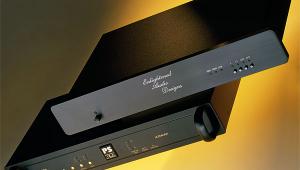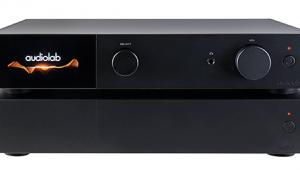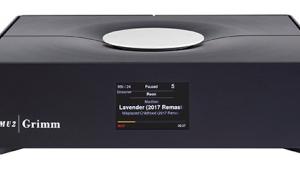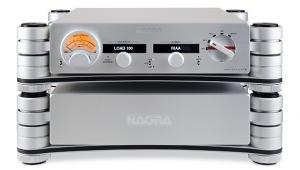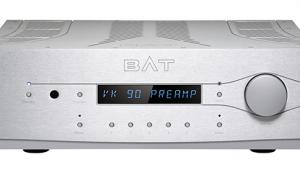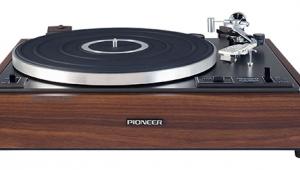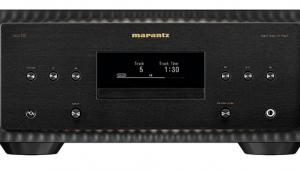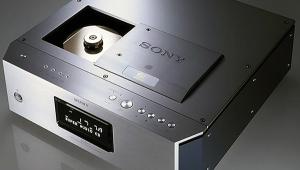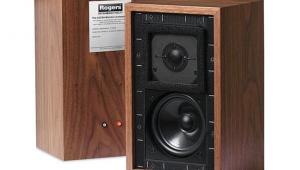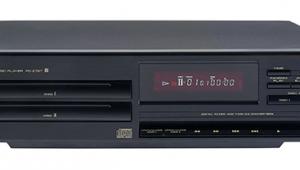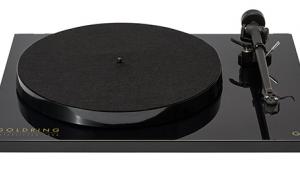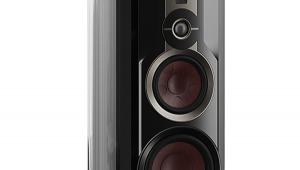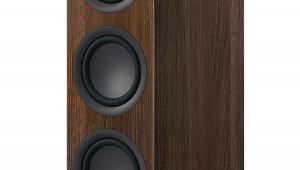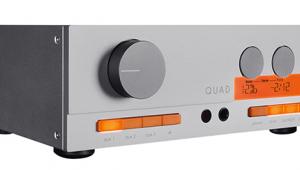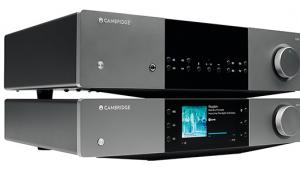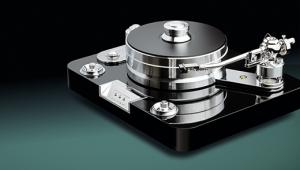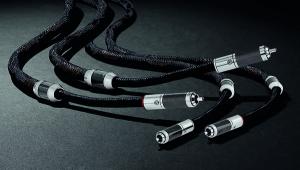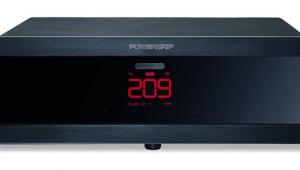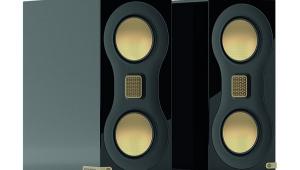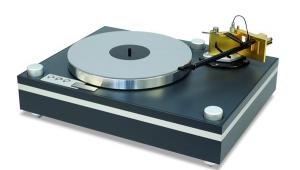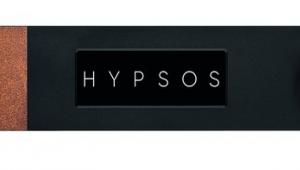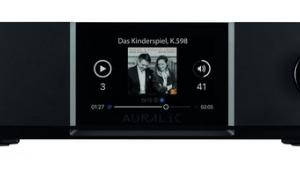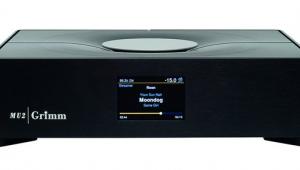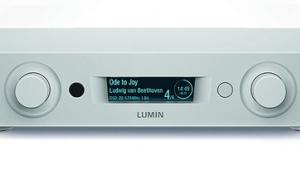GATE TR201/PR101 pre/power amplifiers
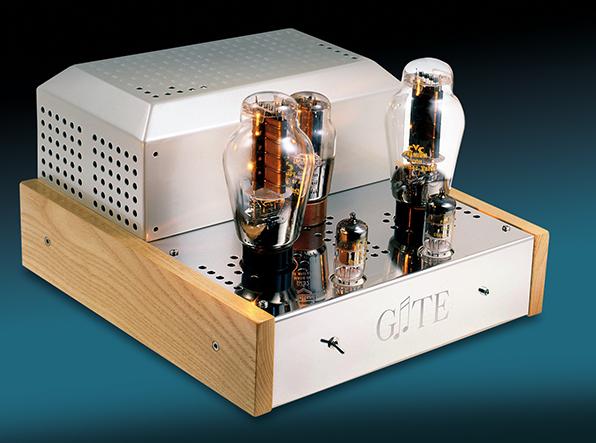

Every so often, you stumble across something a bit special. Well, ‘stumble’ is perhaps not quite the right word, but I did hear a rather captivating sound coming from the GATE room at one of the UK’s smaller audio shows a year or two ago, and then again at the Heathrow-based Hi-Fi News Show last year.
GATE, which stands for Glass Audio Tube Engineering, is headed up by electronics engineer James Turner. James is associated with Chelmsford-based valve specialist Chelmer Valve, which supplies many of the UK’s valve amp manufacturers with their hot glowing things. So with the pick of all available output valve types, it’s interesting that he has chosen the 300B directly heated triode, renowned for its ‘natural sound’ in single-ended operation. Unusually, however, for GATE’s TR201 monoblock power amplifier [pictured above], James is employing these 300Bs in a self-biased push-pull mode.
Why? Triodes produce mainly second harmonic distortion, with some third. Running a pair in a push-pull configuration cancels out the second (leaving the third unaffected), while giving more power – 22 watts – than a single-ended 300B.
Cancel culture
The other advantage of push-pull operation is that the magnetising effect of the two anode currents cancels in the transformer, whereas in single-ended mode the higher static magnetisation pushes the core flux density higher up the B/H curve – magnetic flux density (B) versus magnetising force (H) – towards saturation. This means you need a special transformer, larger and more expensive than might be expected for the power output, usually with an air gap in the core to reduce the static magnetic field.
James also makes a single-ended 300B amplifier and feels it is slightly more natural-sounding than the TR201, but not everyone can make the best use of eleven or so watts!

The advantage of cancelling out distortion is that the amp needs less negative feedback (NFB) to reduce what’s left. Also, the anode resistance of triodes is usually lower than that of pentodes, helping to reduce output impedance to reasonable levels without loads of feedback. Turner says the TR201 uses just 6dB of negative feedback and has an output impedance of about an ohm.
Preamp partner
But there’s more to this design than philosophy. GATE’s matching PR101 preamp, which sells for £1495, has four inputs including moving-magnet phono with passive RIAA correction (chosen for its superior dynamics). For each channel an ECC83 gives gain, after which comes the passive RIAA, and an ECC82 for more gain and a cathode follower output. Line inputs are directly coupled to the volume potentiometer, thence to the cathode follower which acts as a buffer. The mono amp, offered at £3335 a pair, couldn’t be much simpler, with an ECC82 double triode for voltage gain and phase splitter, feeding another ECC82 wired as a differential amp driving the two 300B output triodes.
Component types have been chosen to create a balanced whole. For instance, in the preamp, both unfashionable carbon film and in vogue metal film resistors are used to compensate for each other’s sound – carbon film’s richer tone countering metal-oxide’s brighter timbre. Using all metal films just sounds too bright, says James. In the power amplifier, in contrast, he’s gone for carbon resistors. In a similar vein, a seemingly outmoded valve voltage regulator, with neon stable voltage source, is used in the PR101 preamplifier.
Balance and harmony
Likewise, in the power amps, there’s a mixture of polypropylene film and paper-in-oil capacitors. A GZ32 valve rectifier is used instead of solid-state diodes (for its smoother sound) followed by ‘pi’ LC filtering (with both electrolytic and polypropylene film capacitors) for better smoothing. In contrast, the preamplifier features polypropylene-film Solens throughout. Balance and harmony. It all sounds a bit holistic and Feng Shui, but James’s feet are firmly on the ground. It’s all good engineering to him.
Talking of good engineering, there’s the build quality. In a word: superb. The monoblock power amp chassis are made from stainless steel, precision punched for ventilation, with solid wood side cheeks. The ventilated transformer covers are oh-so-neatly welded and ground smooth at the 45o joined edges, then sprayed in a delightfully understated light metallic grey. The similarly styled preamp is finished off with gold-plated control knobs and a solid wood front panel laser-cut with the GATE logo.
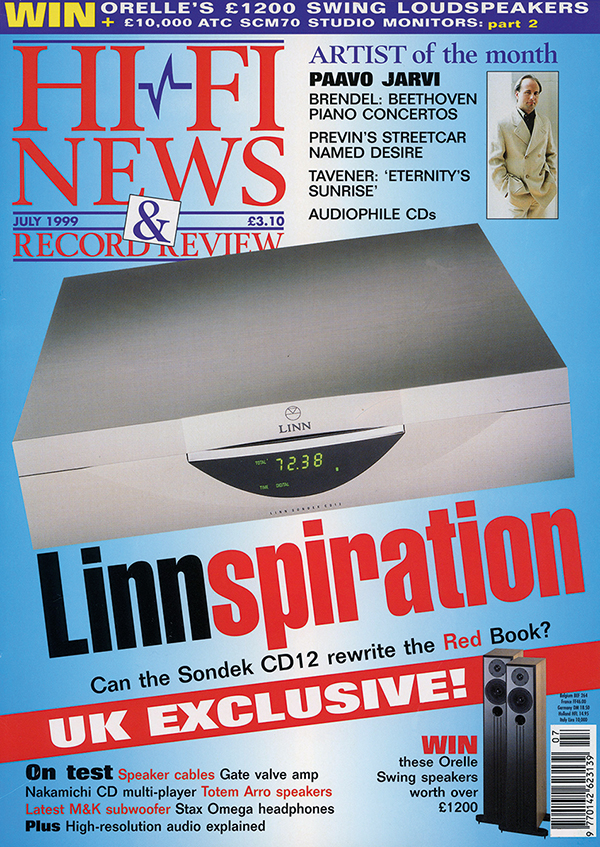
On the inside, the amps look as good as they do externally. In the preamp, a toroidal transformer (chosen for its low external hum field) is mounted to the righthand side, with the regulator board (with valve and neon regulator) mounted virtually in the centre on a steel divider plate for screening. To the left are the neat printed circuit boards holding the valve circuits. All other wiring, to and from the boards, is via individual silver-plated copper PTFE-insulated wires. Likewise, the power amps are wired to a similarly high standard.
![]() A touch of glass
A touch of glass
It would be fair to say that the GATE pre/power combination underwent a prolonged series of listening tests, so I’ve a fairly good idea of how it performs! My pre-conception was that, judging by its avowed modus operandi with even harmonics cancelled and odds remaining, it would sound brighter than your average valve amplifier.
But I was wrong. It is smooth – super smooth – and detailed too. These push-pull triodes really do provide the most velvety top end, making push-pull pentodes seem rather crude by comparison. For some listeners, the highs may be just a touch too smooth. With more than an ohm of specified output impedance you might expect the bass to be boomy or muddled, but it isn’t. Sure, it may not have the drive, solidity, impact and weight of a good transistor amplifier, but the bass is nevertheless very well defined, with a superb sense of form, structure, texture and tunefulness.
So, what the GATE combo provides is musical finesse by the bucket load, and with 22W available it will play very loudly with averagely efficient speakers. That smoothness isn’t confined to the top end, either, it extends way down into the midrange, which is articulate, fluid and transparent.
Happy holiday
This, and the amp’s subtle detailing, gives vocals a gloriously natural quality, free of harshness, yet articulate and communicative. One really can listen for hours on end – listening fatigue is not in this pre/power system’s vocabulary, but finesse is. Take, for example some old recordings by Billie Holiday dating back to the early 1950s. Her singing is reproduced with disarming presence and clarity, while the backing vocals and band are realistic – in an understated way. Even though they are clearly in the background, one can hear exactly what’s being played and sung, while getting a tangible sense of the acoustics, which are often simply not reproduced. It’s as though the whole troupe of performers and the recording studio have somehow been brought by time machine into the room. Goose pimples have nothing on this.
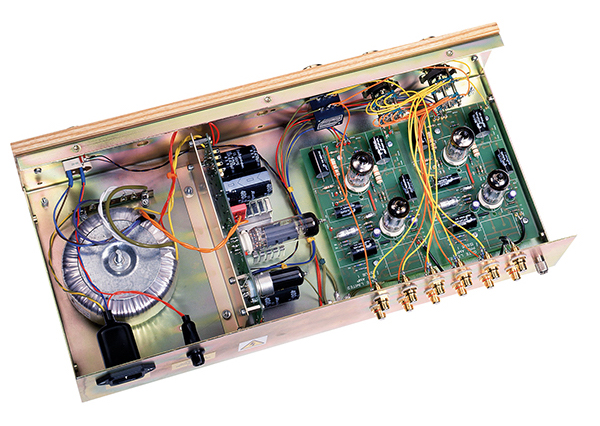
No one who heard this amp and preamp on all sorts of music from CD sources went away without commenting on the naturalness and ease of reproduction, though some felt the bass could do with a bit more punch, power and drive. It’s not slow – just a little restrained at times compared with what can be had from transistors. But no transistor amplifier I used during the course of the GATE’s review provided the same level of intangible subtlety – of contact with the performance – as this combination. Almost without exception, it was a relief to put them back into the system. If one wanted more grip and bass ‘welly’ there are other amps out there, but not many with more soul.
Making moves
Most listening, over a period of some months, was through the PR101’s excellent line-level input from CD sources. But I did manage a listening session via the GATE’s moving-magnet disc input, using the excellent (only just received for review) Pro-Ject Perspective turntable, with Pro-Ject arm and Ortofon MC30 moving-coil cartridge. My own step-up device (a now-discontinued Henley Designs model) performs RIAA correction and amplification from moving-coil to line level, so James loaned me his own transformer and a prototype FET/bipolar transistor step-up.
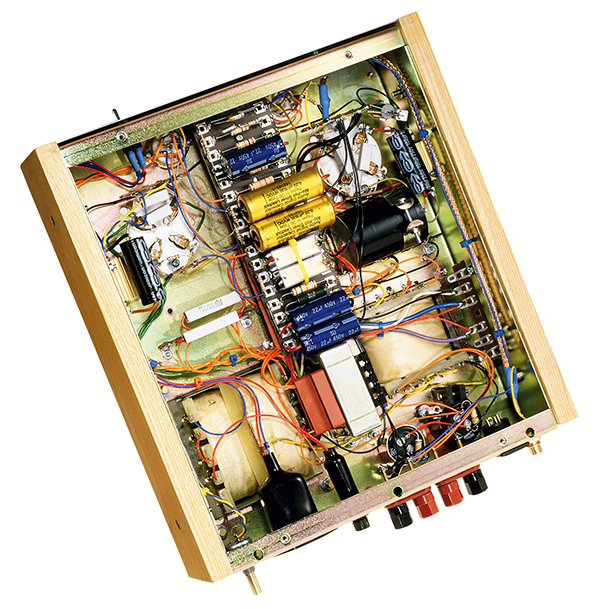
With either of these boosting the cartridge output and the preamp’s RIAA section doing the rest, the sound was certainly very good, with the transistor unit giving the firmer bass and smoother sound. With this in circuit, Joni Mitchell’s ‘Little Green’ from Blue lacked the hard edge which can often spoil this difficult LP, yet her guitar and voice were as expressive as ever.
From the same album, ‘The Wind Is In From Africa’ bounced along with an infectious rhythm. Indeed, this was noticeably smoother than the Henley Design unit, with which the music took on a slightly brittle character by comparison.
On to more taxing orchestral pieces, for example Aaron Copland’s Fanfare For The Common Man and Britten’s ‘Young Person’s Guide To The Orchestra’. Here I perceived a slight lack of bass impact, drama, transparency and sense of scale compared to the legacy unit from Henley Designs.
Undoubtedly, the extra step up was introducing some additional loss, but with so many unknowns, it was impossible to make a firm call. A fairer test would have been a really good moving-magnet cartridge plugged straight in, so I must reserve judgement. Certainly the PR101’s RIAA phono stage is very good – I’m just not sure how good.
Conclusion
This GATE pre/power amplifier combination, auditioned mostly via the line inputs, was loved for its understated naturalness by almost all who heard it. It will also play loudly without any sense of strain, and has an elusive, subtle immediacy and smoothness which brings the music to life in a way which is not usually heard.
While these amps don’t have the impressive bass drive of some rivals, they make up for this in delicacy, expressiveness and a seductive midrange and treble. True, they’re expensive, but also beautifully hand-built pieces of hi-fi equipment. If you’re in the market at this level then you’ll miss them off your listening list at your peril.
